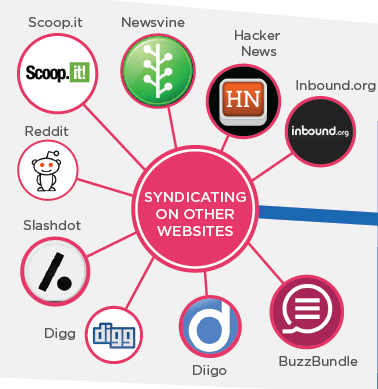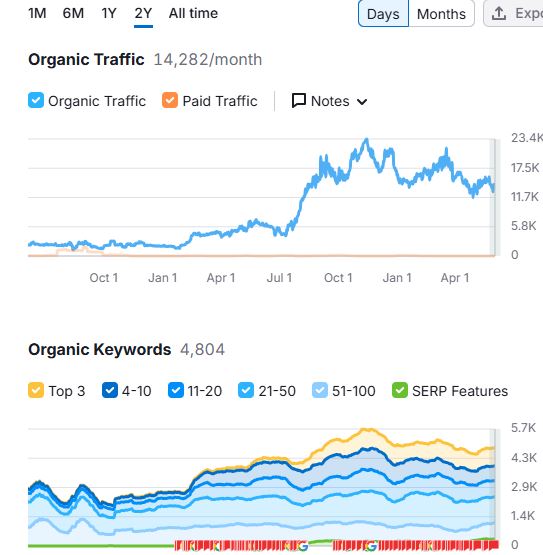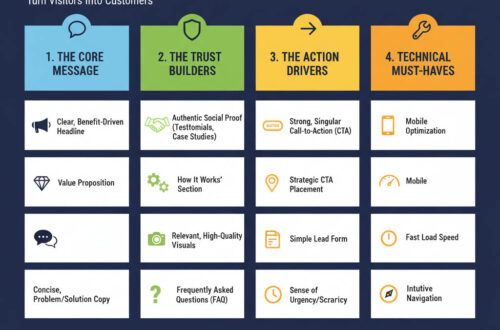1. AI-Generated Content Outreach
Use AI tools (e.g., ChatGPT, Jasper) to personalize outreach emails for guest posts and collaborations.
2. Data-Driven Linkable Assets
Publish original research, surveys, or industry reports (e.g., “2025 SEO Trends Report”).
- Used AI to create a full research about your niche. You only need a good research topic.
- Publish original research, stats, or case studies that journalists and bloggers love to link to.
3. Expert Roundups with Embedded Links
Interview industry leaders and embed backlinks in their quotes.
- Used social media to ask online influencer about certain problem and solutions.
4. “Skyscraper 2.0” Technique
Update and expand top-ranking content, then pitch to sites linking to outdated versions. The Skyscraper Technique 2.0 is an evolved SEO strategy that builds on the original Skyscraper method by focusing not just on creating “better” content—but on satisfying user intent and optimizing for user experience (UX) signals.
🏗️ Skyscraper Technique 2.0 – Step by Step
- Understand User Intent Before writing, analyze what users really want when they search your target keyword. Are they looking for a how-to guide, a product comparison, or quick stats?
- Satisfy That Intent Create content that directly answers the user’s needs—clearly, concisely, and completely. This might mean reworking structure, tone, or even the format (e.g., adding visuals or interactive elements).
- Optimize for UX Signals Google now pays close attention to how users interact with your page. Improve:
- Page speed
- Mobile responsiveness
- Time on page
- Bounce rate
- Internal linking and navigation
🔍 How It Differs from Skyscraper 1.0
- 1.0: Find top-performing content → Make it longer/more detailed → Reach out for backlinks
- 2.0: Do all of the above plus ensure your content matches search intent and delivers a great user experience
🚀 Why It Works
Google’s algorithms (like RankBrain) prioritize content that users engage with. So even if your article is “bigger,” it won’t rank unless it’s also better aligned with what users want.
Want help applying this to your own content or auditing a page for UX and intent alignment?
5. Niche Podcast Appearances
Get interviewed on podcasts and secure links in show notes..
6. HARO (Help a Reporter Out) 3.0
Leverage AI to scan HARO queries and craft expert responses faster. Get high-authority backlinks by answering journalist queries.
7. Private Blog Networks (PBNs) with AI Detection Evasion
Use AI to mimic natural content patterns (risky; prioritize white-hat methods).
8. Local Business Collaborations
Partner with local businesses for co-branded content and mutual links.
9. Broken Link Building with AI
Use tools like Ahrefs to find broken links, then suggest your content as a replacement. Find broken links on authoritative websites and offer your content as a replacement.

10. Community-Driven Link Building
Engage in niche forums (Reddit, Quora) and drop links where relevant.
11. Interactive Content Links
Create calculators, quizzes, or tools that naturally attract backlinks.
12. Branded Scholarship Programs
Offer scholarships and get .edu backlinks from universities.
13. Voice Search Optimization Links
Optimize for voice search FAQs and earn featured snippet links.
14. Video Embedding for Backlinks
Publish YouTube tutorials and get embeds on blogs.
15. Newsjacking with AI Speed
Use AI to quickly react to trending news with expert takes.
16. LinkedIn Pulse Articles
Publish thought leadership pieces with backlinks to your site.
17. Reverse Guest Posting
Invite influencers to write for your blog, then ask for a backlink share.
18. NFT & Web3 Content Backlinks
Cover blockchain trends to attract links from crypto sites.
19. E-A-T (Expertise, Authority, Trust) Backlinks
Get cited in government (.gov) or medical (.edu) sources.
20. “Linkable Memes”
Create viral, niche memes that get shared with credit links.
21. Digital PR Campaigns
→ Create newsworthy content (data studies, surveys, or reports) to attract backlinks from media outlets.
22. Niche Edit Link Building
→ Secure backlinks by adding value to existing, relevant articles.
23. Linkable Asset Creation
→ Create comprehensive guides, tools, or infographics that others want to reference.

24. Local Link Building
→ Get links from local business directories, chambers of commerce, and community events.
25. Sponsorship & Scholarship Links
→ Sponsor events or offer scholarships to receive backlinks from reputable schools or organizations.
26. Interactive Content (Quizzes, Tools)
→ Interactive tools attract backlinks because they provide lasting user value.
27. Influencer Collaboration & Co-Authoring
→ Partner with influencers for co-created articles, which get shared and linked widely.
28. Video Link Building (YouTube SEO)
→ Use video descriptions with backlinks, and drive embeds that result in natural links.
29. Crowdsourced Expert Roundups
→ Feature multiple experts in one post; participants often share and link back.
30. Testimonials for Links
→ Write testimonials for products or services you’ve used in exchange for a backlink.
31. Unlinked Brand Mentions
→ Find online mentions of your brand without a link and politely request they link to you.
32. Social Proof Link Building
→ Gain links through case studies, reviews, and being listed in “best of” lists.
33. Event & Webinar Links
→ Host or co-host online events; event pages from organizations often provide valuable backlinks.
Pro Tip for 2025:
Google is focusing more on EEAT (Experience, Expertise, Authoritativeness, Trustworthiness). Backlinks that come from highly relevant, trustworthy sources matter more than ever.
🔥 2025 Pro Tips
✔ Prioritize DR > DA (Domain Relevance matters more than Domain Authority).
✔ Diversify anchor text (use branded, natural phrases).
✔ Monitor AI-generated links (Google may penalize spammy AI content).
Need a custom strategy for your niche? Drop your industry below! 🎯




